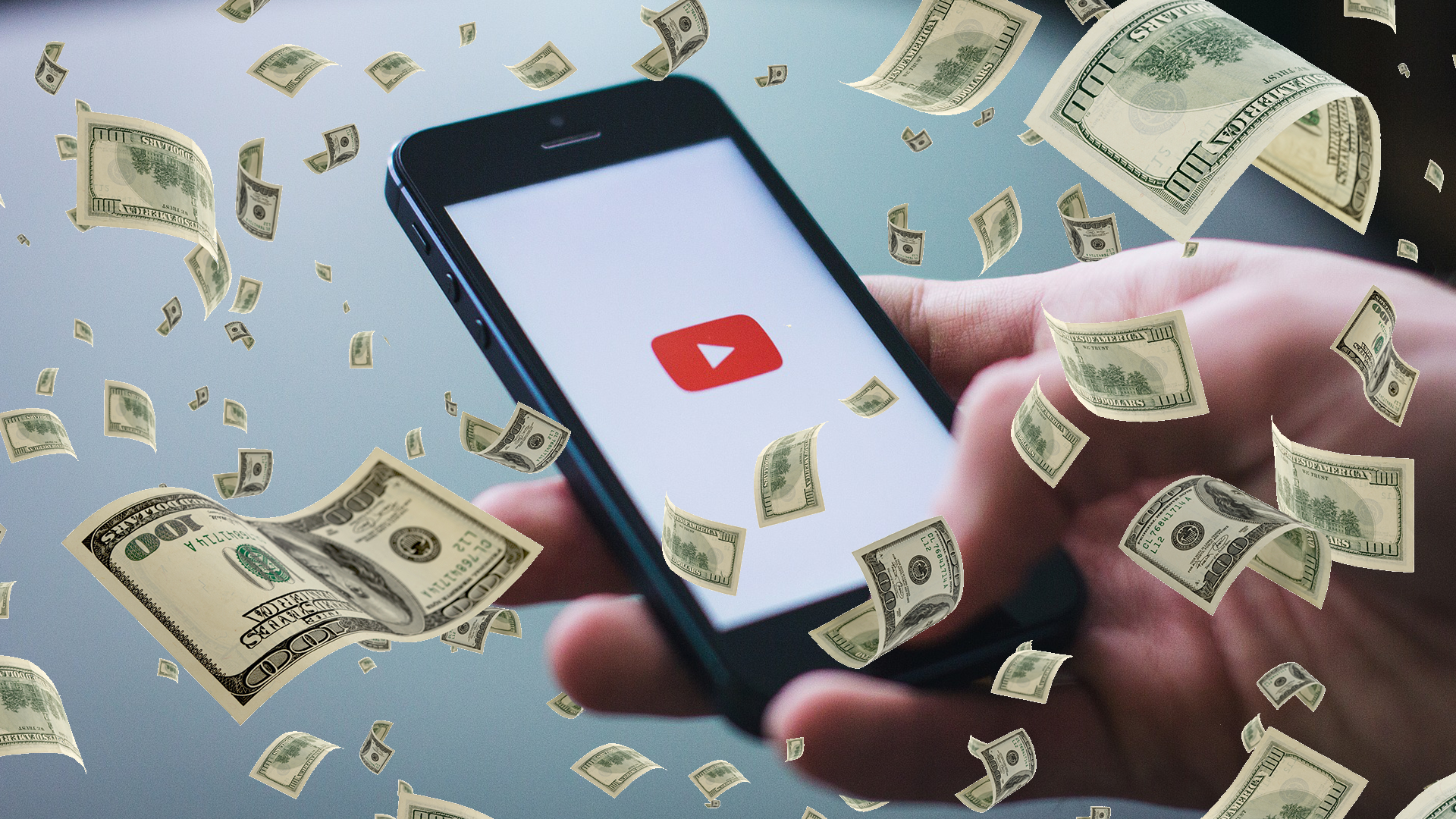On July 15, YouTube introduced new monetization policies that are shaking up the content creator community. These changes are raising concerns about the future of earning money on the platform.
Under the new guidelines, YouTube is increasing its scrutiny of content that includes reused material, unoriginal commentary, and certain types of repetitive or low-effort videos. Channels that rely heavily on reused clips, background music loops, or slideshow-style videos without significant added value may face demonetization or removal from the YouTube Partner Program.
Additionally, YouTube now requires stricter compliance with advertiser-friendly guidelines. Videos that include controversial topics, inappropriate language, or excessive clickbait may see reduced ad revenue or limited visibility.
The platform is also emphasizing viewer engagement and content originality as key factors in monetization eligibility. This means creators must focus more on producing original, high-quality videos that retain viewers and encourage interaction.
For many small or niche creators, these changes may feel like the end of easy monetization. However, YouTube argues that the goal is to support high-quality, authentic creators and ensure advertisers feel safe placing their ads.
As the policy rolls out, creators are advised to review their content strategies, ensure compliance with updated guidelines, and consider diversifying income sources beyond ad revenue, such as memberships, sponsorships, or merchandise.
In short, the July 15 policy shift signals a new era for YouTube monetization one that rewards originality, consistency, and genuine viewer engagement.





